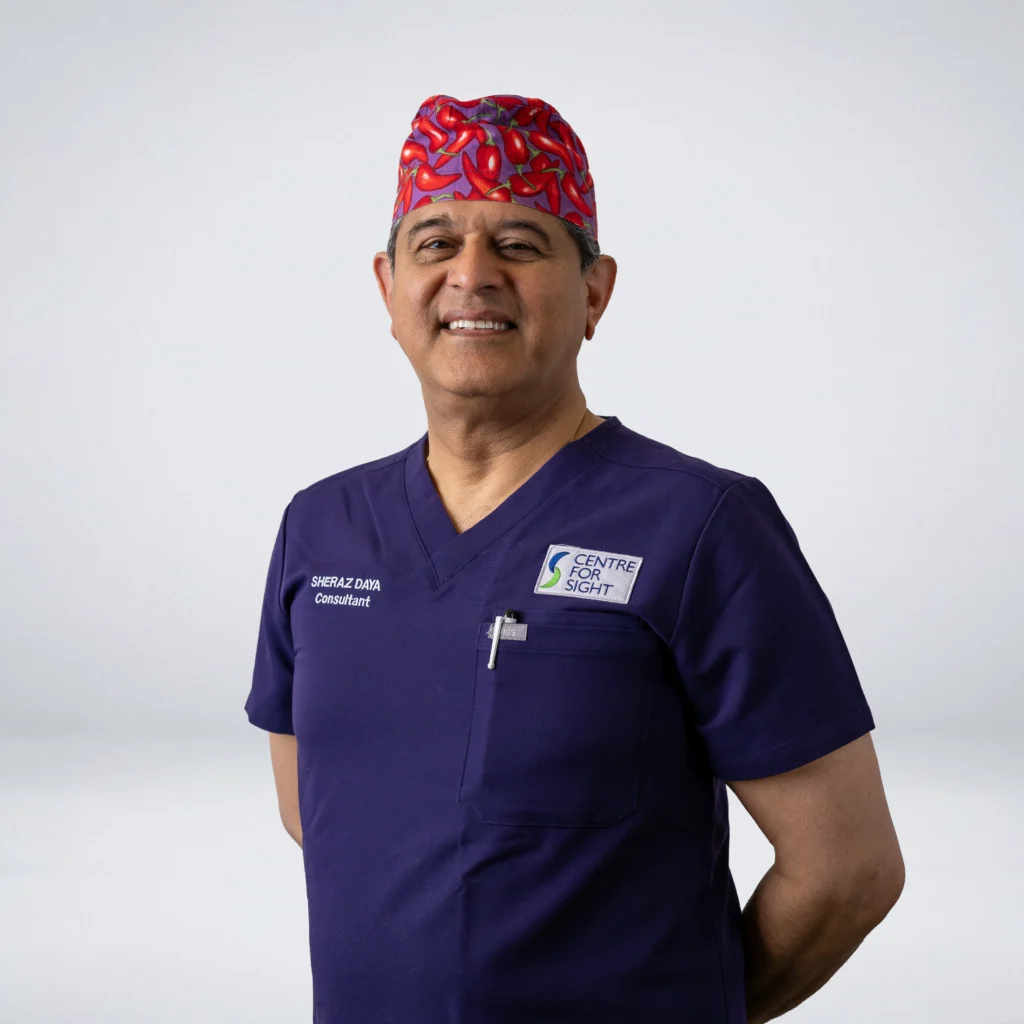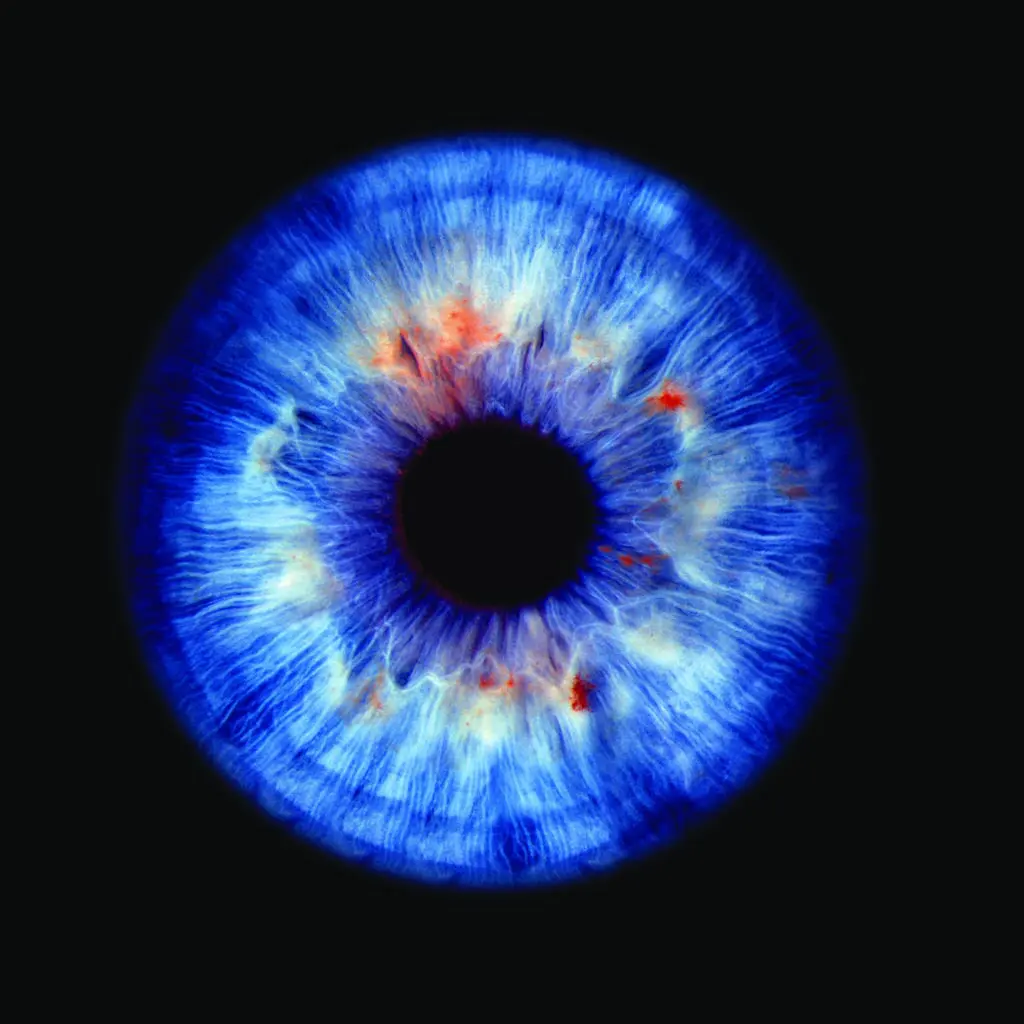What is CXL?
Corneal Collagen Cross-Linking (CXL) uses riboflavin (vitamin B2) eye drops combined with controlled ultraviolet light to increase the strength and rigidity of the cornea. By creating new molecular bonds within the corneal stroma, this treatment helps halt the progression of ectatic conditions such as keratoconus.
At Centre for Sight, our specialist team uses up-to-date protocols and comprehensive diagnostics to identify when CXL is needed — giving you the best chance of stabilising your vision before more invasive procedures become necessary.







